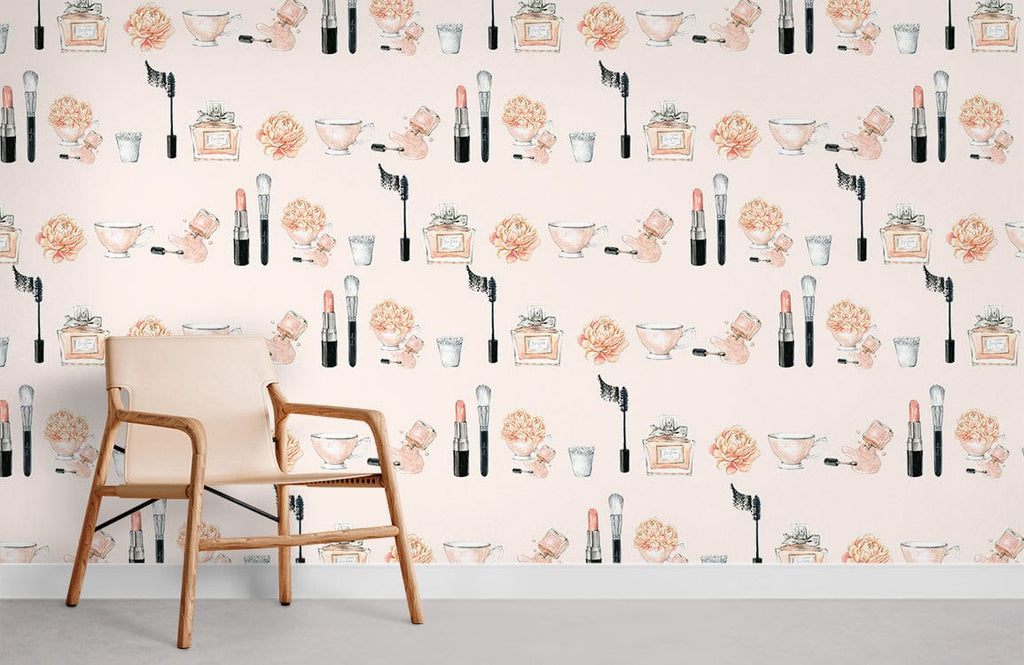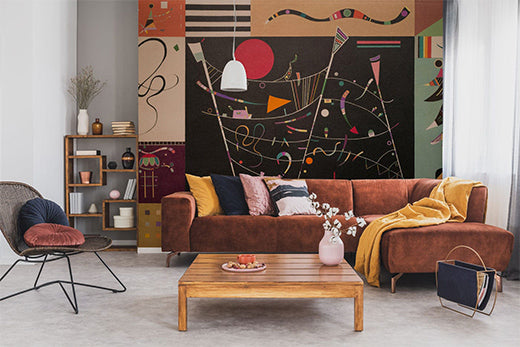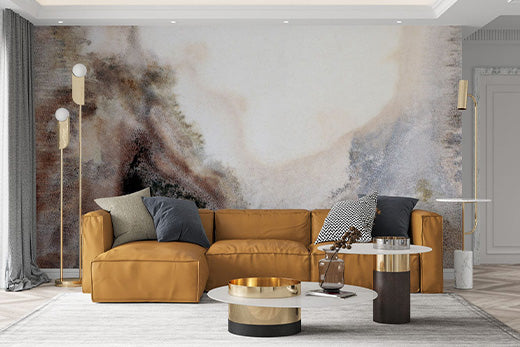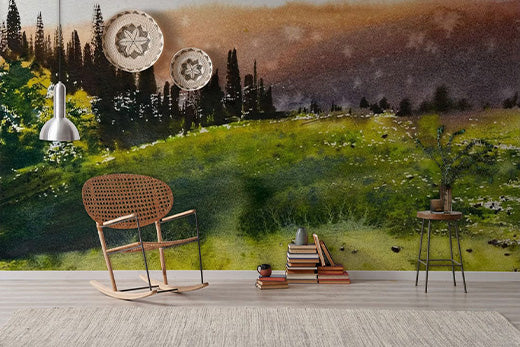
How to Make Preparations for Wallpaper Installation in 2022
When it comes to wall decoration materials, many people will choose wallpaper & murals. However, we need to pay attention to many aspects before you decide to hang wallpaper by yourself, which many of you may not be very clear. Today we are going to talk about some do and don’t before install your wallpaper and some useful tips to deal with different wall textures before install the wallpaper.
Do and Don’t Before Installation
1. Before installing your wallpaper, you need to pay attention to the relative humidity of the air in the interior space. The best air humidity is below 85%, and you need to avoid installing your wallpaper in the wet season and on the wall in high humidity.
2. Before installing your wallpaper, you need to make sure that the wall is paved flat, dry, no dirt and dust, so that the wallpaper can be paved beautiful and durable, better fit the wall and not easy to blister or
3. Make sure that wallpaper installation tools are clean enough. If the wallpaper is stained before or during the installation process, it should be promptly cleaned with soapy water or detergent.
4. As often a case, during the wallpaper installation process, the glue or adhesive liquid may overflow, so you should always use a clean towel to wipe it clean, especially at the wallpaper or wall mural seams.
Tips to Deal with Different Wall Textures/Types Before Installation
1. Treatment of wooden surface

-The moisture content of the wood surface should be no more than 12%.
-The surface should be flat and free from dirt, oil and other filth.
-Use a thin brush with paint to prevent the wood fibers from swelling in water.
-If the wood surface has nail caps, let the nail caps sunk in the wood table and anti-rust paint.
-Patch the joints with atomic plaster, leave to dry and then use latex and water to mix putty, scrape 1-2 times all over.
- Smooth with sandpaper and brush the surface with a protective film.
Note: For smooth, flat, absorbent wooden surfaces, a thin brush of varnish on the surface is sufficient enough to adhere the wallpaper.
2. Treatment of plasterboard surface(with nail holes)
-Spot screw caps with anti-rust paint to prevent rusting.
-Mix plaster with water with white emulsion and fill the joints and nail holes.
-After drying, apply bandages to the joints.
-Scrape the putty 2-3 times, after drying, sand smoothly, and straighten the corners.
-Brush the base film once.
3. Treatment of old walls

-Chalked old walls cannot be directly glued to the surface with wallpaper.
-Sprinkle water on the surface and then remove the paint and chalking layer with a spatula.
-Brush the interface agent or varnish once after leveling.
-Use plaster or putty to level the wall (for walls with large cracks, apply a layer of fabric before scraping the putty).
-Sand smoothly and then brush the base film once.
Note: For walls that cannot be leveled, use a wallpaper knife to cut small squares on the wall shaped like spider webs, the deeper the scratch the better, the smaller the square the better.
4. Treatment of embryo rooms

-Just built embryo room with waterproof putty scraping, grass-roots structure is relatively strong, do not need to shovel, just make sure the corners are straight and brush base film once.
-In some humid areas, use white cement to scrape the wall of embryo room, do not directly pasted with velvet fiber or metal wallpaper.
5.Treatment of concrete surfaces

-The moisture content of the wall surface should be no more than 8%.
-The wall base should be solid, and there should be no problems of alkali flooding, hollow drums or looseness. The alkali flooding area should be neutralized with 9% dilute acetic acid water solution, and then rinsed with clean water.
-Holes and cracks should be scraped with plaster (if the cracks are too large, white cloth should be applied first).
-Scrape the putty 2-3 times and sand smoothly after drying.
-Brush the base film once.











